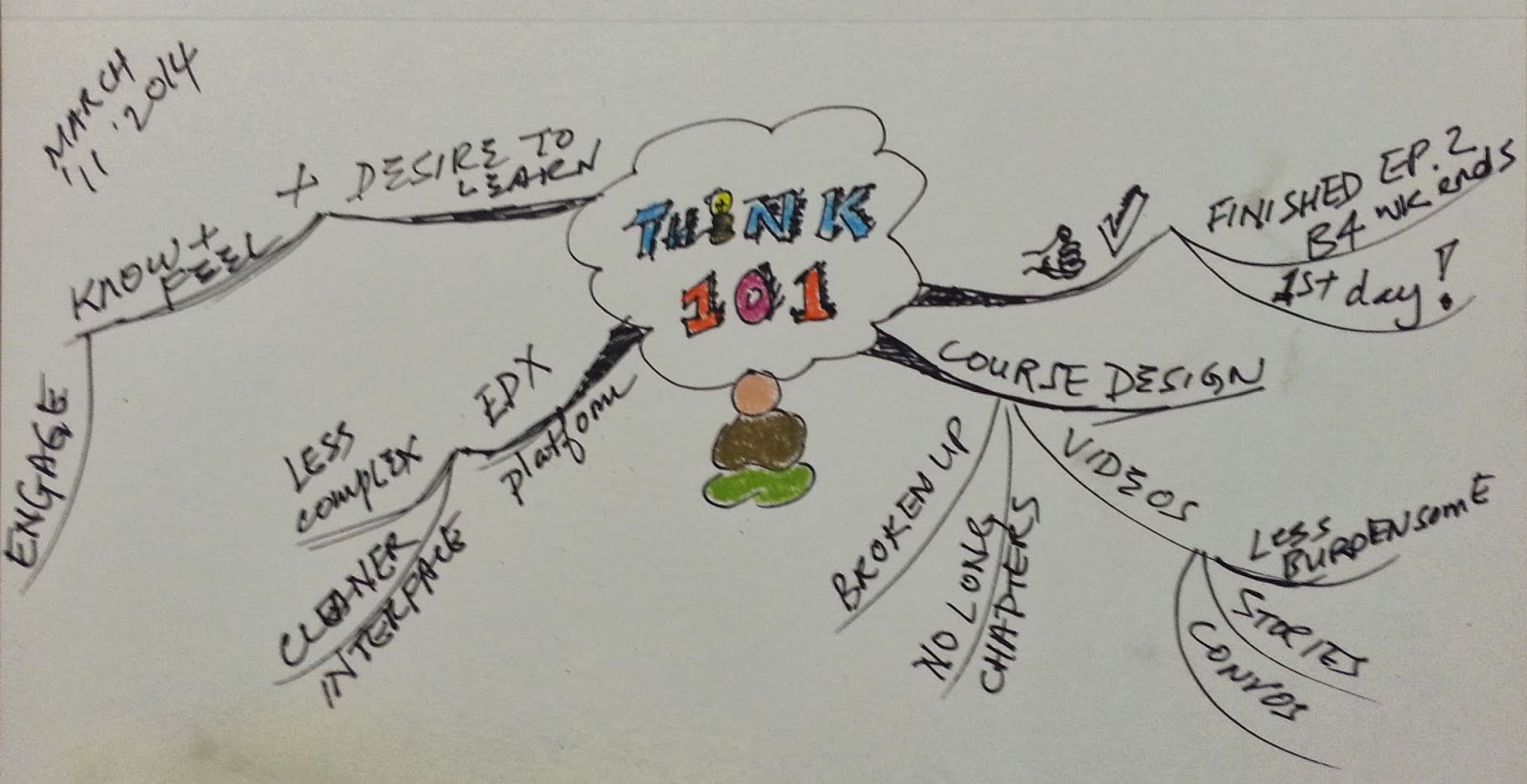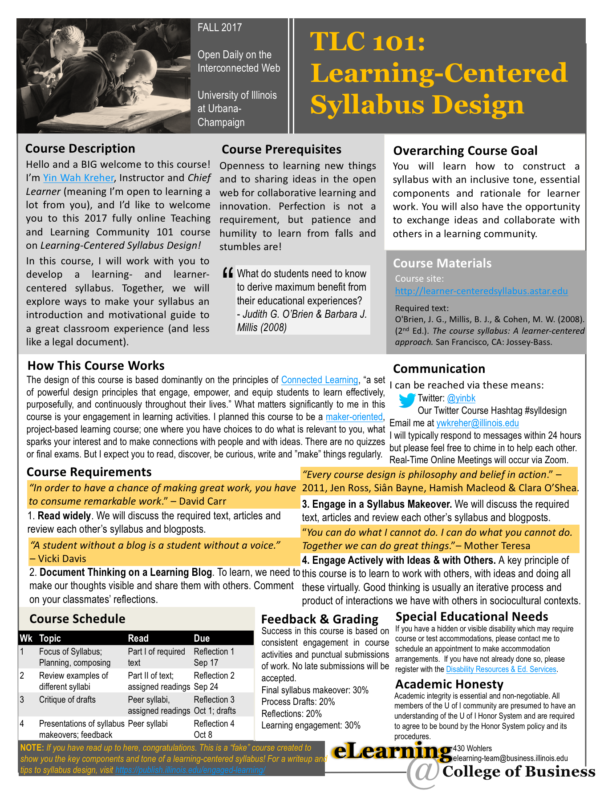“Picture This”: Some Foundational Principles on Graphic Design
IMHO, the best instructional designers are not just learning scientists, they also have an eye for the aesthetics. The best combination of formal educational training for an instructional designer, to me, is a BFA/MFA and a MS in instructional design. Since I don’t have a BFA/MFA (though I contemplated doing a MFA instead of a PhD in instructional design), I have consistently worked on developing and enhancing my graphic design and media authoring skillset.
Recently, I read a book called Picture This by Molly Bang, a recommended text for wannabe graphic artists or just anyone wanting to become good at visual art design. To cut to the chase, I’d recommend it to someone who doesn’t have any design experience to begin with — no concept of how shapes, colors, sizes and placement of objects affect perception and how viewers feel. If you have taken foundational courses on art and drawing, you can skip this book. It provides basic visual literacy principles — twelve to be precise — for beginners. For example, just to give you a sense of a few of the principles:
- Smooth, flat, horizontal shapes give us a sense of stability and calm.
- Vertical shapes are more exciting and more active. Vertical shapes rebel against the earth’s gravity. They imply energy and a reaching toward the heights or the heavens.
- Diagonal shapes are dynamic because they imply motion or tension.
- The upper half of a picture is a place of freedom, happiness, and power; objects placed in the top half also often feel more “spiritual.”
You get the drift? For the rest of the 12 principles, you can google for them as I don’t want to infringe on Molly Bank’s copyrights.
The book is more than 25 years old, so it contains an exercise for readers to cut shapes and play with them for structural composition and layout. For the millenial learner and anyone with the millenial disposition towards technology, this exercise doesn’t cut it. I skipped this and other exercises, for now and maybe for forever.
I also felt that the two examples at the end of her book are that not succinct or sufficiently clear — they are somewhat dated, especially the children’s story on When Sophie Gets Angry, Very, Very Angry. When she tried to explain the feeling of expectancy gleaned from the drawing, I was confused as to her reference about the “horizon.” I couldn’t detect that in her painting. So there are things like that that detracts us from the good she is trying to do by sharing the design principles. Also. she mentions how we have to be mindful of how art is going to be displayed in books. At first, I was somewhat confused and it was after I had googled the word “diptych,” that the ideas about object placement began to make sense. The examples are limited and we could do with more contemporary examples, considering this is the 25th anniversary edition.
What I most gained from this book are:
- How she presented her ideas and the sequencing of the book content, starting with The Little Red Riding Hood story, and using it to illustrate the principles about building emotional content. This is a clever narrative to adopt and here she illustrates how masterfully she understands emotional engagement of shapes, colors and texts — it is a popular story, almost everyone can relate to this story.
- How she uses appropriate colors, font types and sizes to highlight her ideas.
- How she ended the book. She reminds us about the power of art for storytelling and how it allows us to emote, ending the book by telling us “And now it’s your turn.” Compelling.
Art is a way of communicating our feelings about the peculiar and awesome situation of being alive, and as various as those are, so are our ways of telling each story. – Molly Bang.




4 Comments
Dan Shannon
Thank you! This seems worth exploring. My challenge as an instructional designer is to tell a story as visually as possible, with a bare minimum of audio and/or text. Ruth Colvin Clark’s research seems to back this up. Because I don’t have a background as a graphic artist, I can use all the help I can get in terms of generating ideas for images and finding the visual storytelling elements.
Yin Wah Kreher
Hi Dan, go for it if you need some graphic design essentials. I did take some graphic design MOOCs and will write a bit more later about what courses I have taken. They helped me somewhat. But as Molly Bang says at the close of her book, you are the best tool. I rely a lot on my own eye for aesthetics.
Dan Shannon
Just found I can read it free on Amazon Prime!
Thanks again.
Yin Wah Kreher
Happy to share!